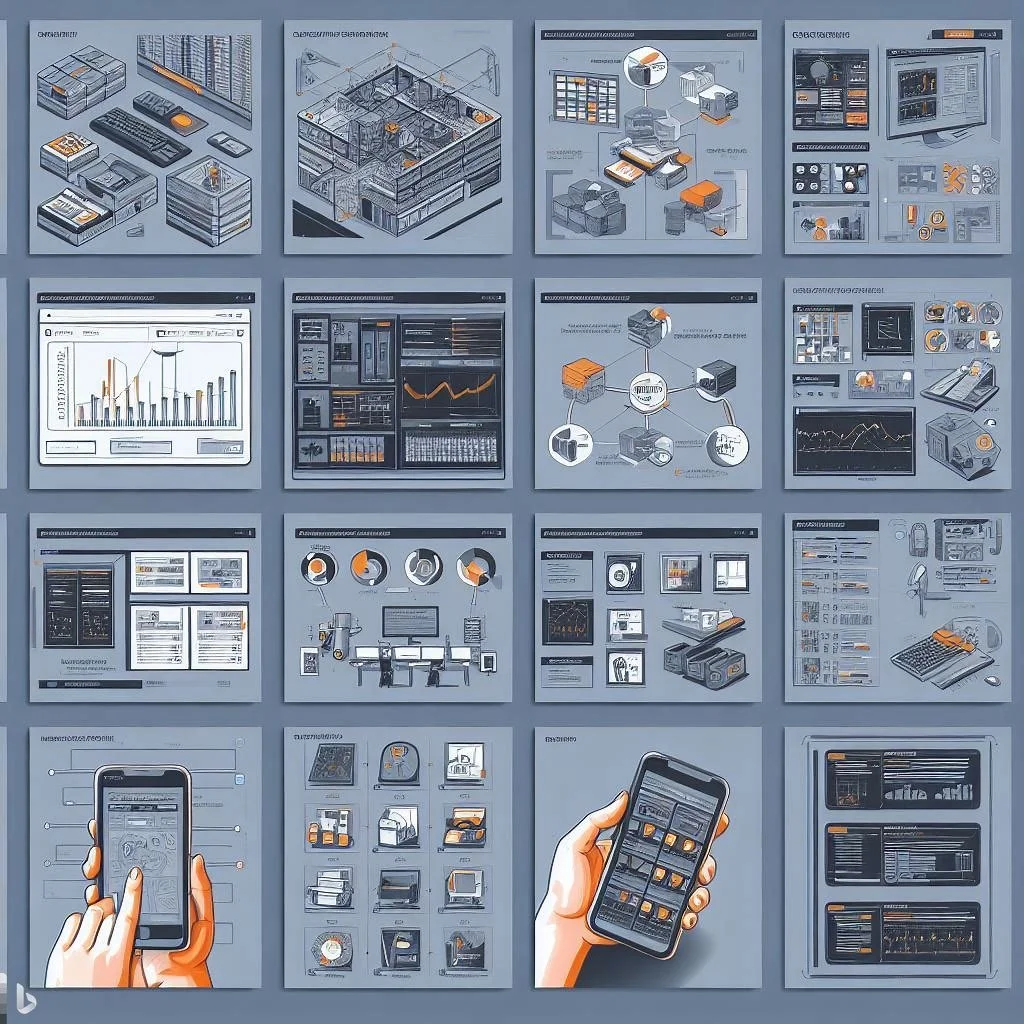There are two types of uncertainty; the one we always welcome, like starting a new relationship or a new job, which in some way foreshows good times and are manageable and predictable.
But there’s also the other type that presents us with an unpleasant situation we’re not familiar with and takes us outside of our comfort zone. We don’t feel secure anymore and start wondering how we will get through or if we could ever handle it.
We need certainty. It’s a fundamental human need that provides us with a feeling of security and safety. At the same time, uncertainty always involves fear of the unknown and the sense that we’re no longer in control of our lives.
Nevertheless, we can take charge of our actions and reactions to these situations. We feel the fear, but we discipline ourselves to look beyond it and focus on a positive outcome.
Like Nelson Mandela said, “Courage is not the absence of fear but the triumph over it; the brave man is not he who doesn’t feel afraid, but he who conquers that fear.”
Whenever we’re faced with uncertainty, there are a few things to be mindful of so we can bring peace of mind to any chaotic situation:
. Trust ourselves. We’ve done it before; we’ve made it through all kinds of adversity, and we can make it through this one too.
. Tough times don’t last; tough people do. What doesn’t kill us makes us stronger (except bears, of course, bears will kill us 😉). We may not feel strong at the time, but we will be wiser, stronger, and better equipped in the future.
. Things always work out, one way or the other. Sometimes, when we get to a roadblock, we feel disappointed when in reality, it was a detour to take us to an even better destination.
. Life goes on. There will come a time when we’d look back at that situation and wonder why did we worry so much in the first place.
. We can only grow outside our comfort zone. We need to learn to be comfortable being uncomfortable so we can succeed and enjoy life.
. Everything looks clearer in retrospect. Once we’re able to look back, we’ll understand and appreciate the way things unfolded and even why.
Steve Jobs said it right, “you can’t connect the dots looking forward; you can only connect them looking back, so you have to trust that the dots will somehow connect in your future.”
Uncertainty is a normal part of life, and we need to learn to see it that way.
It’s challenging to feel confident when we can’t see where we’re going and easy to perceive everything as a threat, but often, those uncertain times lead us to a brighter future.
The roads we know can only take us to places we’ve already been. If we’re willing to take risks and travel uncharted paths, we can open up a world of possibilities and opportunities, new beginnings that won’t happen if we cling to what we know.
Let’s take that chance; we’ll make it through, and, in the wonderful words of Alain de Botton, “feeling lost, crazy and desperate belongs to a good life as much as optimism, certainty, and reason.”
Stay strong!
One of the core values we have as a company is to inspire and empower people in all aspects of their lives. Additionally, if you want to read about our Custom Software Solutions and Consulting Services, please visit www.isucorp.ca, or book a meeting to review your software project.














